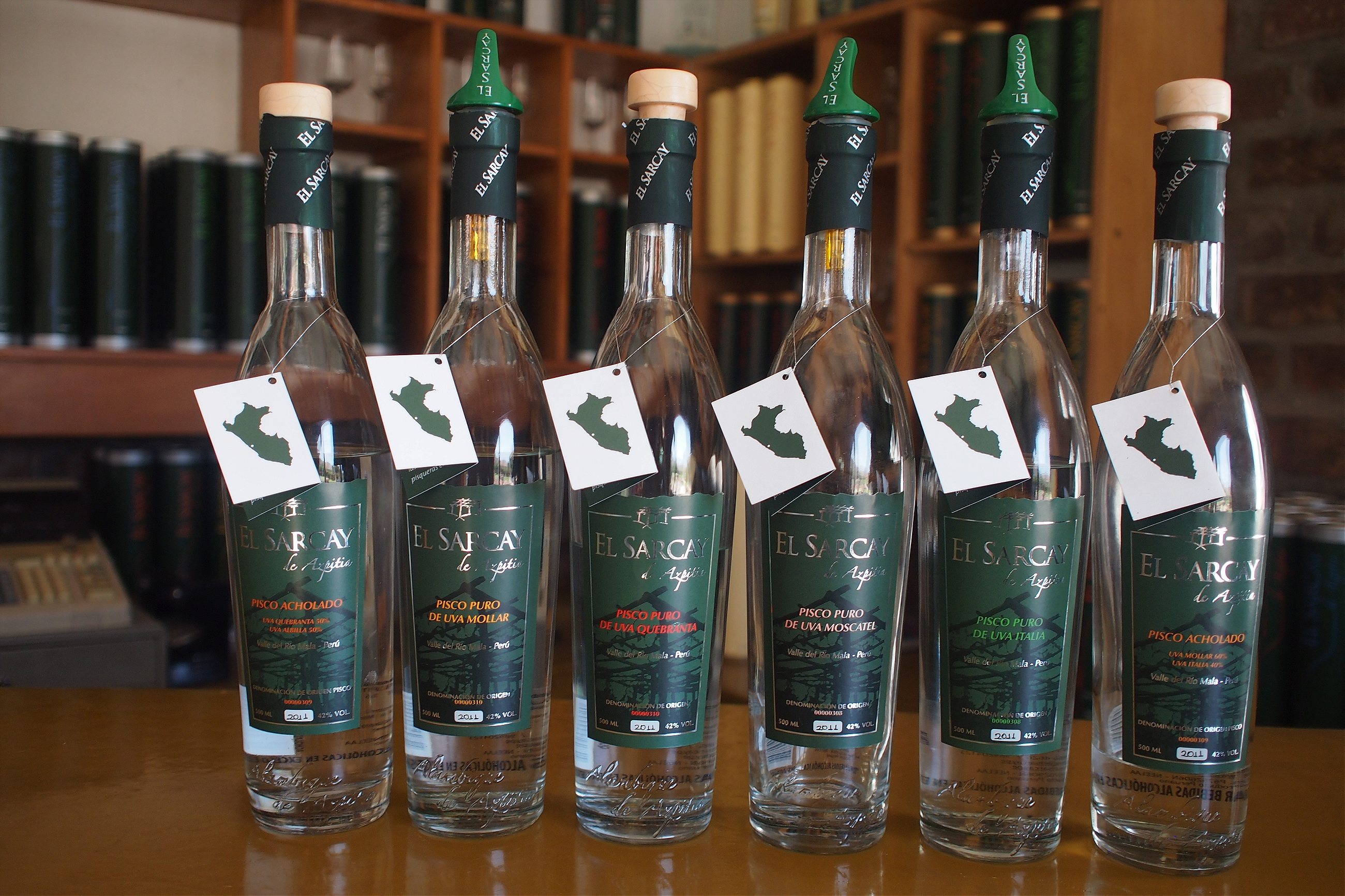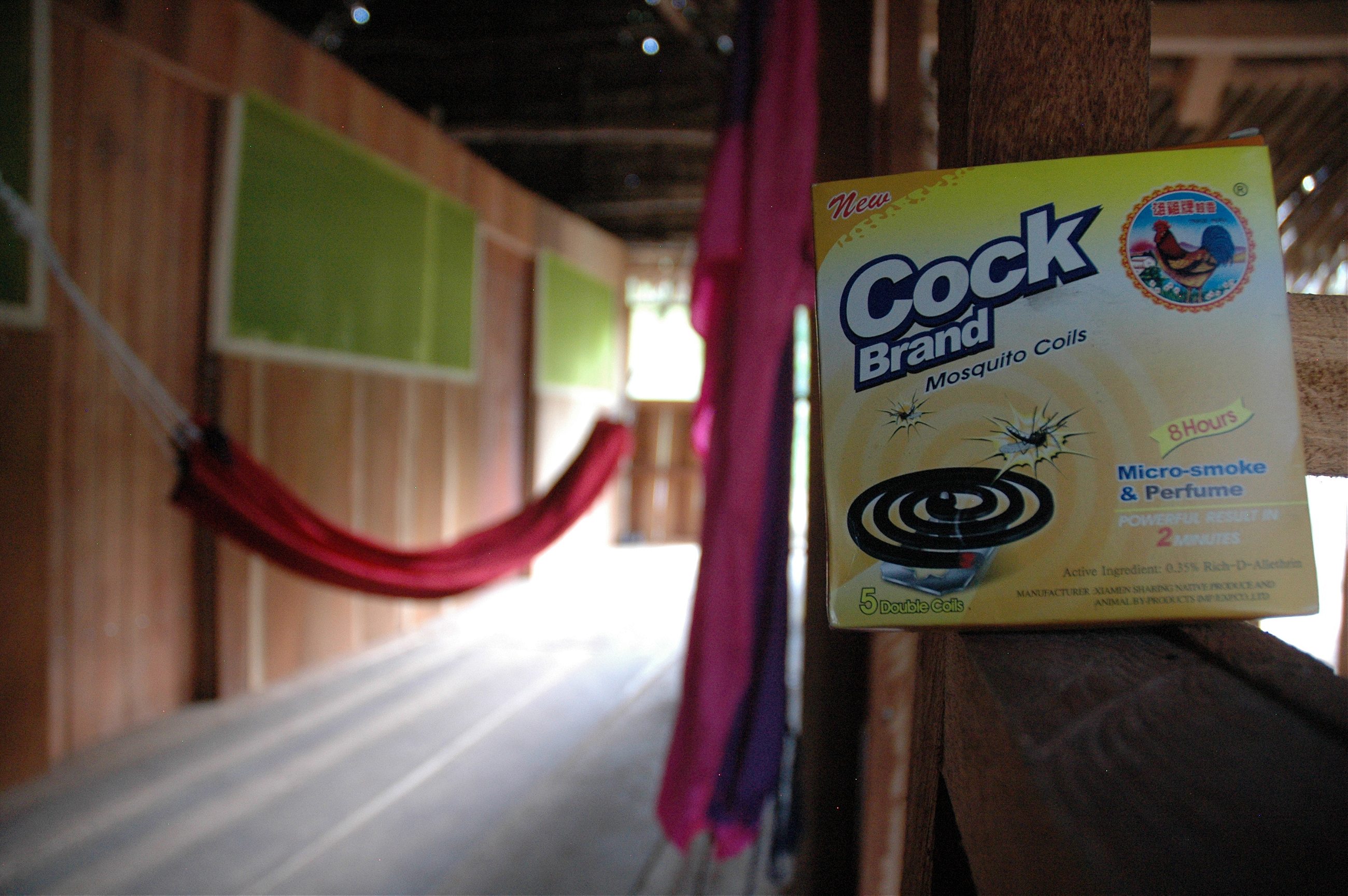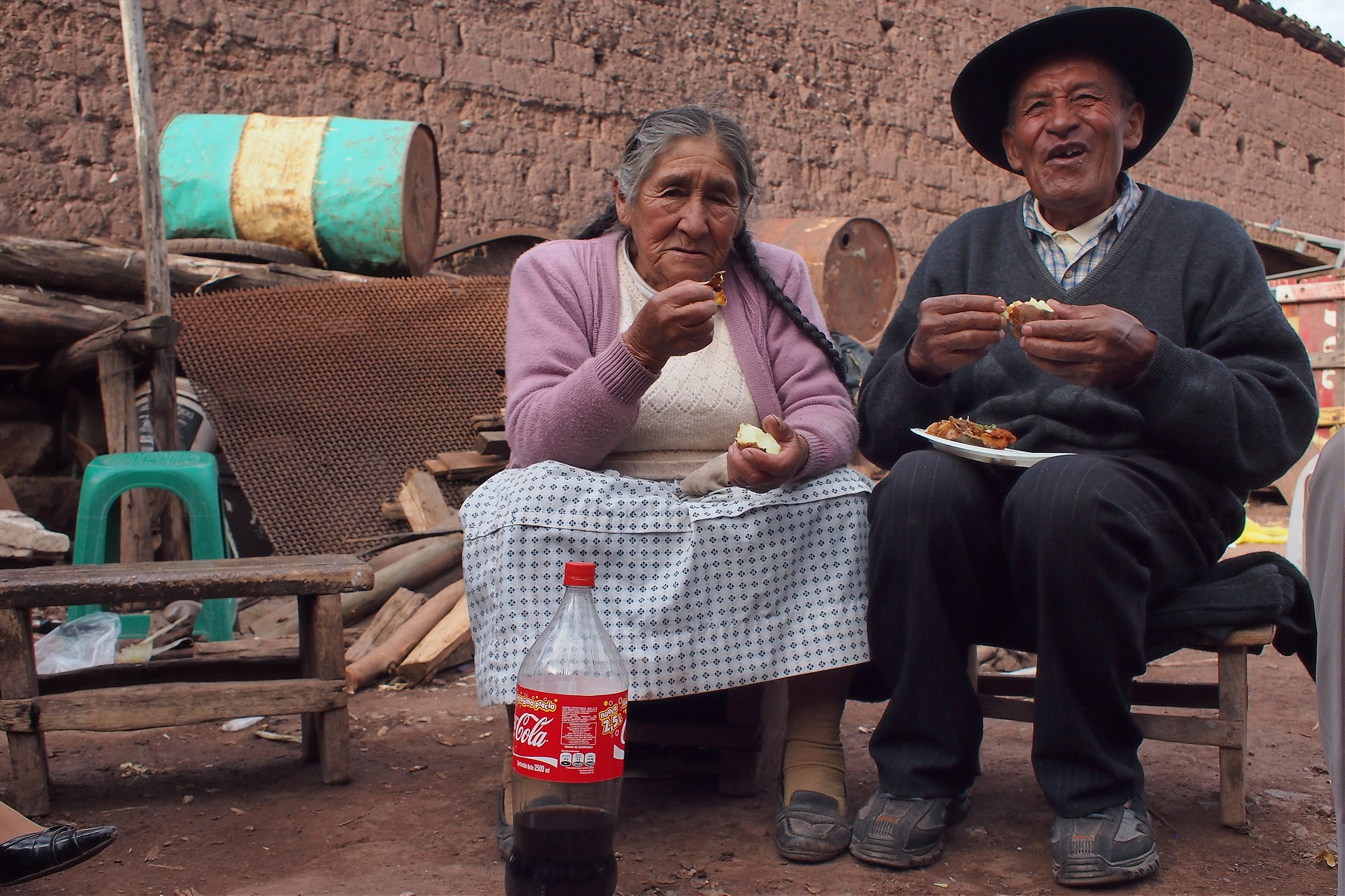We make all the mistakes so you don’t have to. In Peru.

Don’t eat ceviche in the afternoon. Fish isn’t flown in from Chile or purchased from some massive wholesaler. It comes in that morning directly from the boats, still flopping, and by the time it’s broken down, chopped up, briefly marinated, and served up to locals for breakfast or lunch, rigor mortis has barely had a chance to set in. When expensive tourist-friendly restaurants in Lima began serving ceviche after the sun went down, quite a few Peruvian heads shook at the sad state of affairs. Heed their disdain: If you’re eating ceviche at night, you’re probably paying twice as much for something half as delicious.

Holster the plastic. Everywhere you turn in the country, hotels, restaurants and tourist agencies will charge you between 6 and 10% for the privilege of using your credit card. “We don’t make up the fee, the credit card companies do,” is the common explanation, but it explains very little. Either way, the math is easy: Those same credit card companies these days charge 2 to 3% to take out cash from an ATM. Keeping the plastic in your wallet could save you a few hundred bucks during your trip.

Beware the clandestine cabbies. Everyone with wheels is a potential taxi driver in Peru. Market vendors sell plastic TAXI signs that any dude looking to make a few extra soles can strap to the top of his car. Unfortunately, most of the guys with the fake signs make De Niro’s character in Taxi Driver look downright cuddly; they’re not beyond driving you out to the lawless reaches of Lima, robbing you, then leaving you on the side of the road. Unfortunately, Matt has had some experience with this in past trips to Peru. Look for the cabs with the boxy taxi signs that light up and with some form of registration in the window or on the dashboard. Trust us, it’s worth the extra 50 cents.


Hook up a pisco IV. It doesn’t matter if you feel like a gin tonic or a vodka martini; you’re in Peru, so you should drink like a Peruvian. That means embracing the fiery, brandy-like elixir called pisco, a distillation of crushed grapes and national pride that lies at the heart of every good buzz the country over. It should be your lifeblood while in these parts. Pisco sours are ubiquitous, but two other pisco-fueled favorites should not be ignored: the Chilcano, pisco mixed with ginger ale and lime, and the Capitan, a dark, brooding Manhattan made with pisco instead of rye. Be warned: True pisco palaces don’t mess around with blenders. Tell them you want your pisco sour shaken or not at all.

Screw the travel agencies. Because if you don’t, they’ll screw you first. This advice can be extrapolated across the entire traveling universe, of course, but when the logistical challenges of planning a Machu Picchu run begin to weigh on you, the temptation is to let an “experienced company” handle all of the planning for you. Pressed for time, Matt let a charming agent at the Cusco airport talk him into letting her company handle my travel arrangements. The next 10 hours were some of the most frustrating of his traveling life, complete with a missed train, bogus tickets, and a low-speed police chase. His experience was extreme, no doubt, but horror stories about counterfeit tickets and sheisty operators abound around Cusco. Buy your train tickets a few days in advance directly from the train company, make your Machu reservations online, and use the money you save to buy beer and coca for the train ride up.
(And, while you’re in Cusco, please light a big steaming bag of llama shit on fire and leave it at the doorstep of Expeditions Peru.)

Chew it like the Incas. You don’t think they managed to turn a continent of loosely affiliated tribes into an empire of 10 million without a little natural performance enhancer, do you? If you plan to walk in their high-elevation footsteps, you’d be wise to make friends with the coca leaf, Peru’s most infamous cash crop but still a perfectly legal staple of Andean life. Grab a bag from any market in Cusco or surrounding area, pop a few leaves in your mouth and start chewing. No, this is not cocaine (technically, coca leaves contain about 0.5% of the active chemicals used to make cocaine), but one the juices start flowing, your head, your gums, and your legs will know they have found an ally. Pro tip: Llipta, a form of lye that both softens the bitterness and teases out the alkaloids in coca, should be sought out vigorously by those looking for a stronger lift.


Ditch the DEET, get a Cock ring. The mosquitoes in the Amazon, at least in the corner outside of Iquitos that Nathan visited, are unfazed by our sophisticated chemicals. Remember that scene in Fierce Grace, where Ram Dass talks about how Guru-ji Neem Karoli Baba ate a fistful of acid tabs at once—his first encounter with LSD—and just continued sitting in lotus position completely unaltered? No? Well, anyhow, it’s probably like that for the mosquitoes: your puny synthetics can’t harm them. The real pro visitors to the Amazon turn to the Cock ring, an inelegantly-named Chinese mosquito coil that seems to unnerve the swarming culicidae. After Nathan drank Ayahuasca, the glowing ember at the end of the coil was transformed in his hallucinations into a glowing eye of Sauron looming over smoking, black mountains. It was just a taste of the terror that the mosquitoes must feel for this, the feared Cock ring.

Don’t order the pasta in Iquitos. On the streets of Iquitos, the surprisingly wicked metropolis in the Amazon, Pasta is not a complex carbohydrate. “Pasta” is the local colloquial for crack cocaine. And yes, in the land of coca leaves, crack is still a big thing. Especially along the Malecón esplanade beside the river, you’ll see the pasta-heads hustling handouts or offering drugs. If you’ve come to the Amazon to drink Ayahuasca, just remember that Mother Ayahuasca is a jealous lover. If you smoke crack behind her back, she will punish you upon your next meeting.


Get off the Gringo Trail. Most visitors do the Peruvian Two-Step: spend a night or two in Lima, then head to Cusco to pay homage to Machu Picchu. Understandable, certainly, since both are spectacular destinations loaded with comforts, but confine yourself to these two places and you’ll miss the most interesting parts of the country. The best days we had in Peru—a morning in Lomo Corvina talking politics and downing quinoa with locals, an afternoon in the area south of Cusco, feasting on the specialties of the tiny villages we passed—were the result of zero planning. We hopped in a (licensed) cab, paid the driver to stay with us for the day (about $40), and just drove until it felt like it was time to pull over and have a look around. If you find yourself in a place where people can’t stop staring at you, then you’re on the right track.

Prolong the feast. An airport meal after a week of serious eating is like working on your taxes immediately after having sex. The juxtaposition is almost too much to take. Thankfully, the good people at Pardo’s, one of Peru’s best roast-chicken purveyors, have set up shop in the Lima airport. That means you have one last chance to stuff yourself stupid with whole roast beasts, soft and savory chicken sandwiches, skewered beef hearts, and mountains of crispy papas fritas. (A wise man would stuff his carry-on with Pardo’s special sauce—it’s like Drano for the soul-crushing, pipe-clogging airline meal that awaits you). Lima may be one of the few airports in the world where it’s advisable to show up hungry. It also may be one of the only places in the world where a waiter in a suit will deliver you a Big Mac. Keep it classy, Peru.